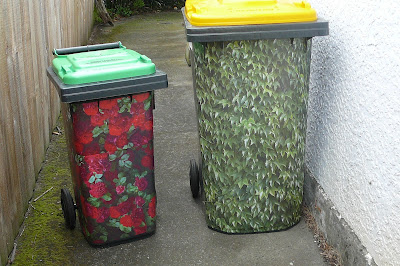The upcoming land information release
Last night I attended a CanCERN meeting. The main speaker was CERA CEO Roger Sutton, who was there with three of his staff.
The following are my gleanings from the meeting.
The Package - a partial release
The following are my gleanings from the meeting.
The Package - a partial release
- The information soon to be released is not the whole package, as work is continuing on some parts of it.
- What will be provided is the status of land in the eastern suburbs.
- The identification of areas at risk from rock falls and hill instability will occur later (no indication when).
- Shortly (timing not indicated but apparently not far away) information will be available on new housing locations and the cost/prices for each area.
- Announcements on the financial aspects of the packages are a bit further down the track as there is a huge amount of work involved in discussions with insurers and reinsurers.
- While widely considered the most desirable option, property owners are unlikely to get individual letters. It is too big a task to coordinate so that everyone finds out at the same time.
- The most useful, but acknowledged as not being universally applicable, means of providing the information is via the internet. CERA is setting up a website for this purpose.
- It is likely the media will give priority coverage to the identification of the areas etc.
- Both the website and the media will provide information on hot line numbers you can phone for information on the status of the land.
- Community meetings will be held within 24 to 48 hours of the announcement. Representatives of the various social service agencies and other organisations will be there. Details of the meetings will be released very soon after the land information announcements.
- The website will be designed so interested parties can enter a street address and find out the status of the land. This will allow those out of Christchurch (or the country) to have equal access to the information.
- Anyone can look up any address. Trying to add a level of security (e.g. using a rating number for identification purposes) is too hard, and likely to delay and frustrate far too many people for whom life is complex enough.
- There will be a map on-line where the status of areas, streets, and addresses can be identified by the colour code used.
- The maps are as definitive as possible, however not all the geotechnical investigation is complete so there may be some small areas of uncertainty.
- The website will have information on hot lines to be called.
- An analysis has been underway since the first earthquake to identify the vulnerable who may need particular assistance. It was reassessed after the February earthquake and is the basis for what is being arranged.
- The support needs that have been identified will be provided by established government and NGO services.
- All who have been identified will be contacted and attempts to make contact will be continued until it happens (e.g. if an initial attempt is made by phone, it won't matter if someone is not home; those concerned will keep trying until contact is made).
- A small core of people have received training in pastoral care, and other forms of support are being prepared.
- Information about what support is available will be publicised.
